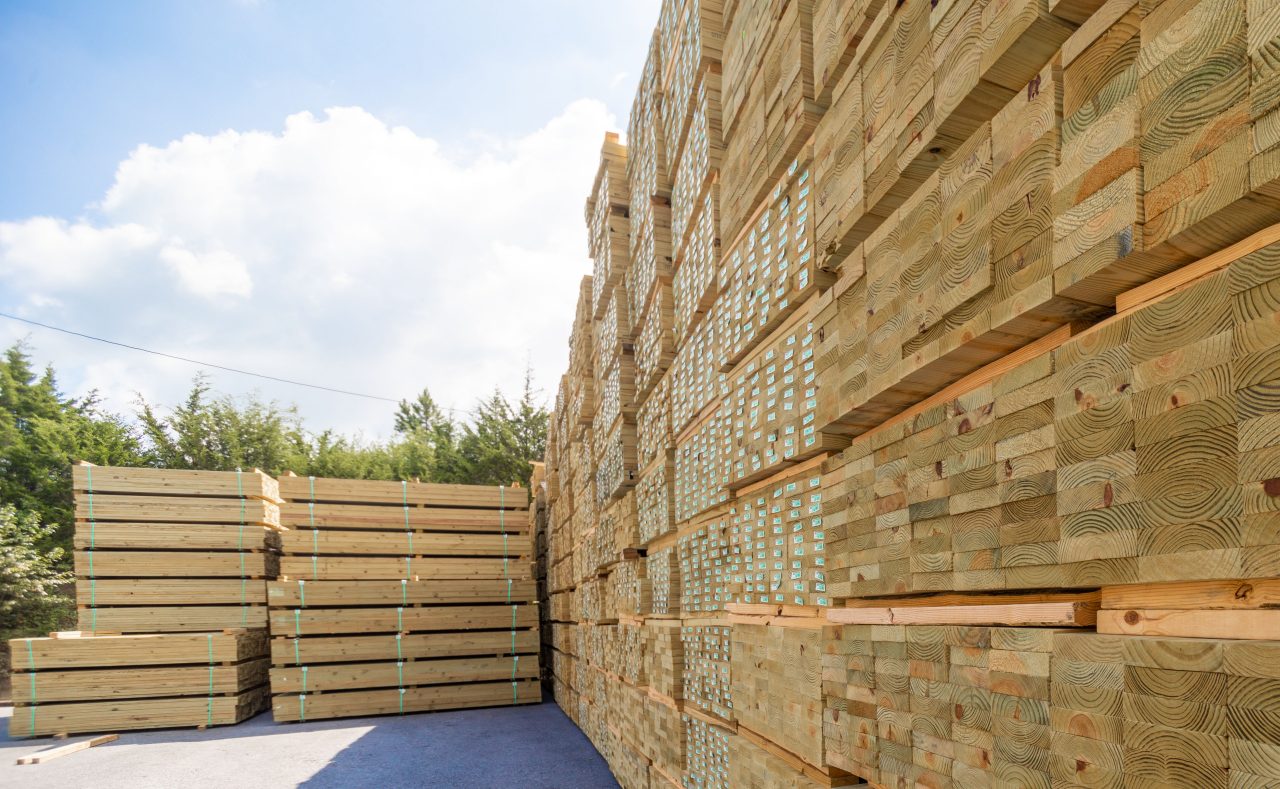Environmental Benefits
Why Choose Preserved Wood?
“After all, wood is the ultimate sustainable material. Properly harvested, trees grow, get cut down, and are replaced with more trees. Across its life cycle, no building product has lower energy consumption rates. Wood essentially acts as storage for carbon dioxide (even after it is made into construction material), and when recycled as fuel it creates more energy than was used in its production. Plus, people tend to like it.”
-Sam Grawe, Editor
Dwell Magazine, April 2008
Preserved wood extends forest resources, allowing one tree to do the work of many. In addition to enabling wood to last a long time or resist flames or mold, our brands have all of the environmental and other advantages associated with wood itself. For example, wood:
• is a renewable resource grown on managed timberlands. Trees remove carbon dioxide from the atmosphere, thus reducing greenhouse gases.
• requires less energy to produce than alternative building materials; it is made from sunlight and soil nutrients, rather than fossil fuels.
• offers greater insulation value than alternatives.
• is lighter in weight, and can often be installed with lighter equipment which has less environmental impact.
Wood offers excellent workability with common construction skills and tools, plus it provides design flexibility and economy. Wood is generally less costly than alternative building materials and is considered easier to work with, not to mention aesthetically preferable in many applications. A study conducted by the Consortium for Research on Renewable Industrial Materials (CORRIM) found that wood framed homes top concrete and steel in a life cycle assessment. Another study conducted by FP Innovations, Canada’s forest products research institute, found that structural failure was not the main reason for demolition of wood buildings and that wood buildings in the study were actually older than steel and concrete buildings demolished.

